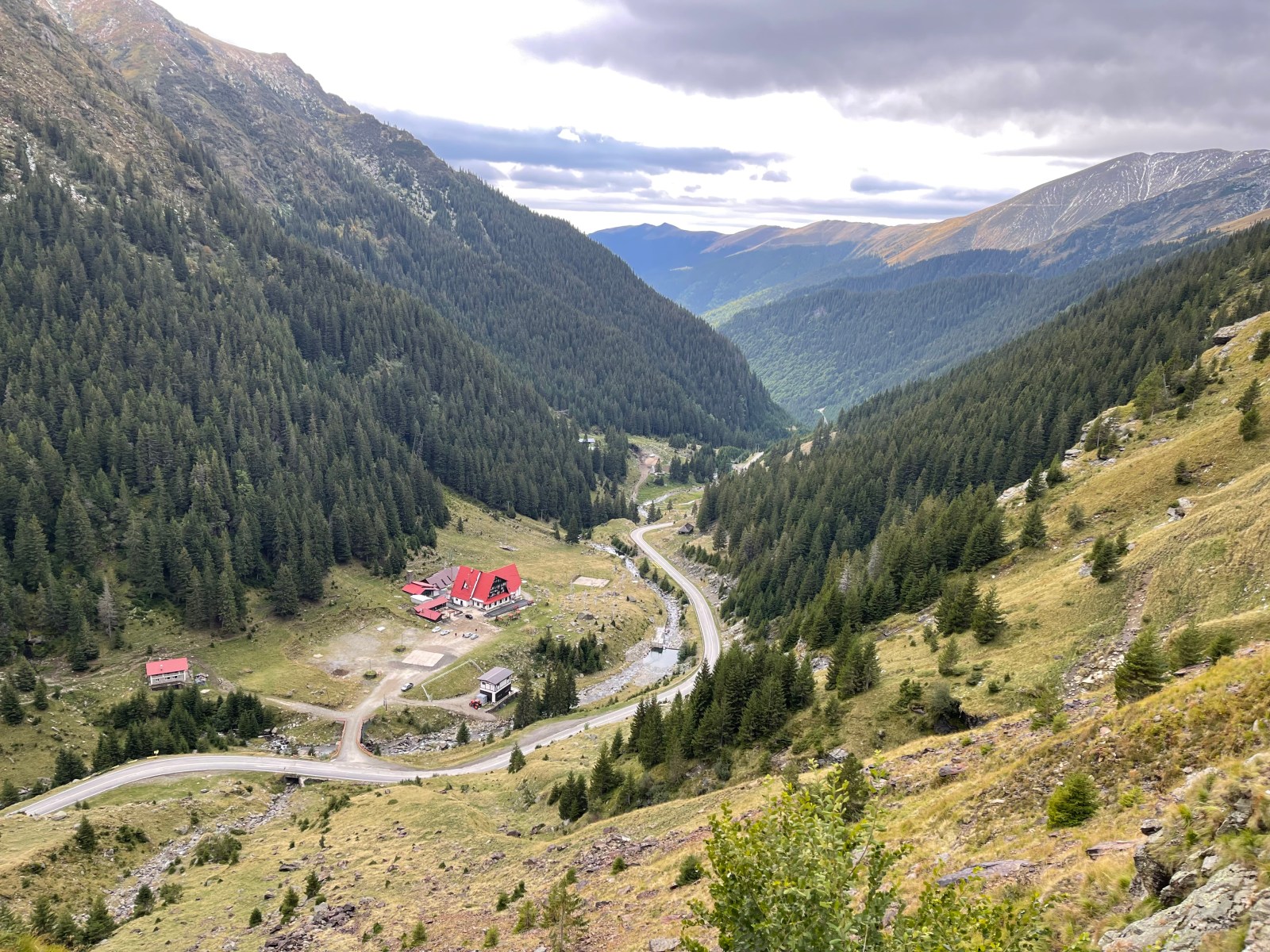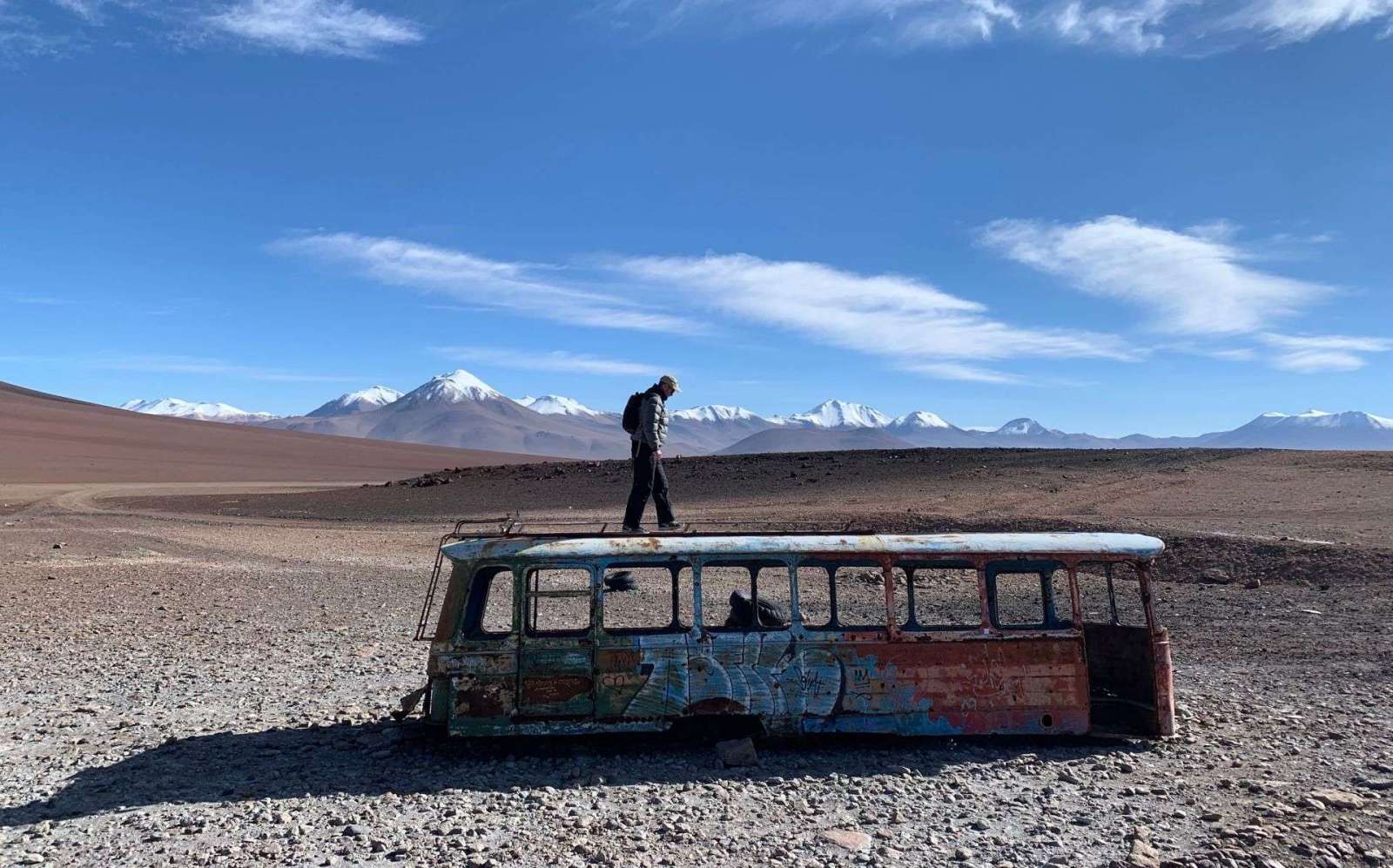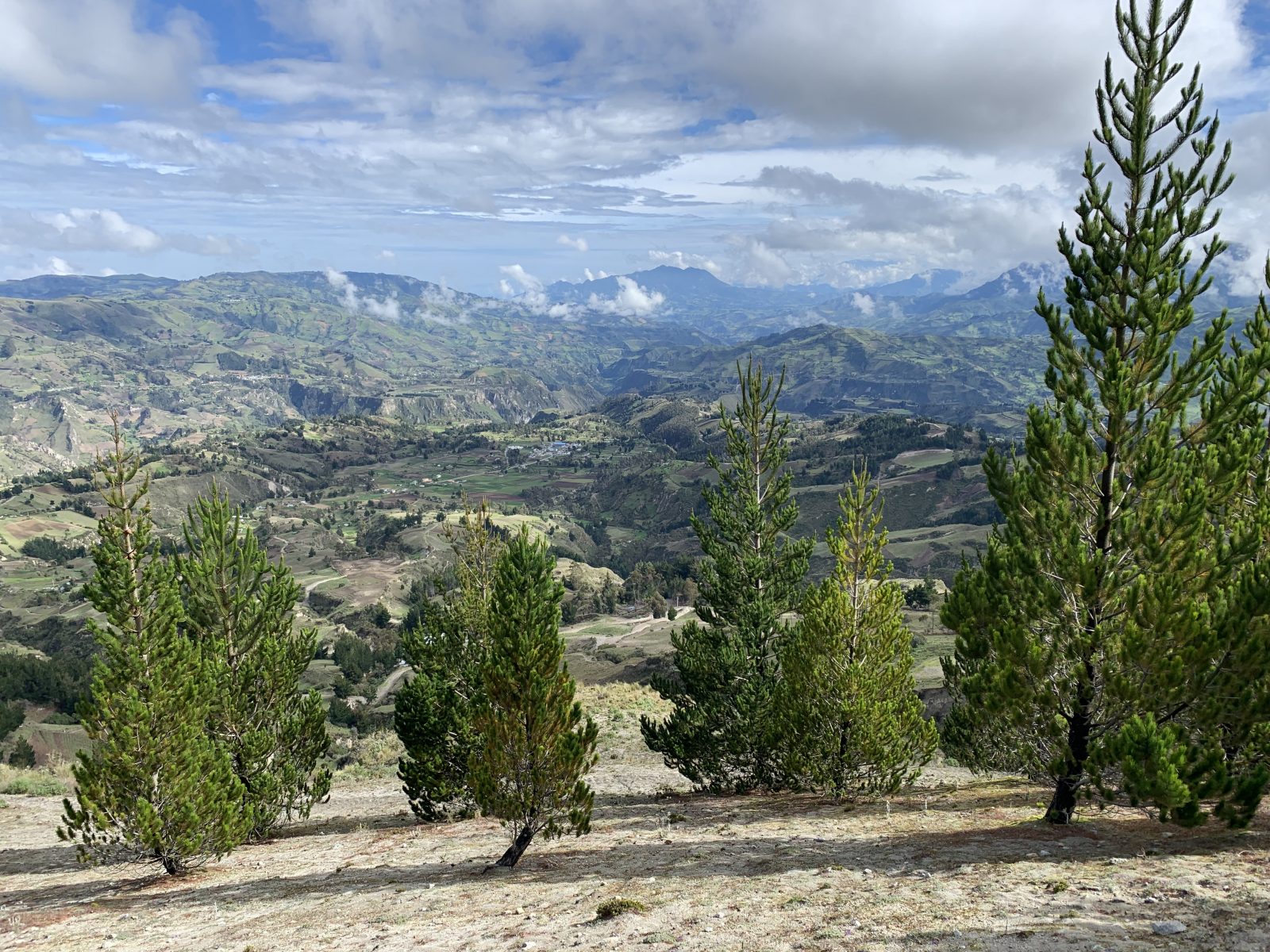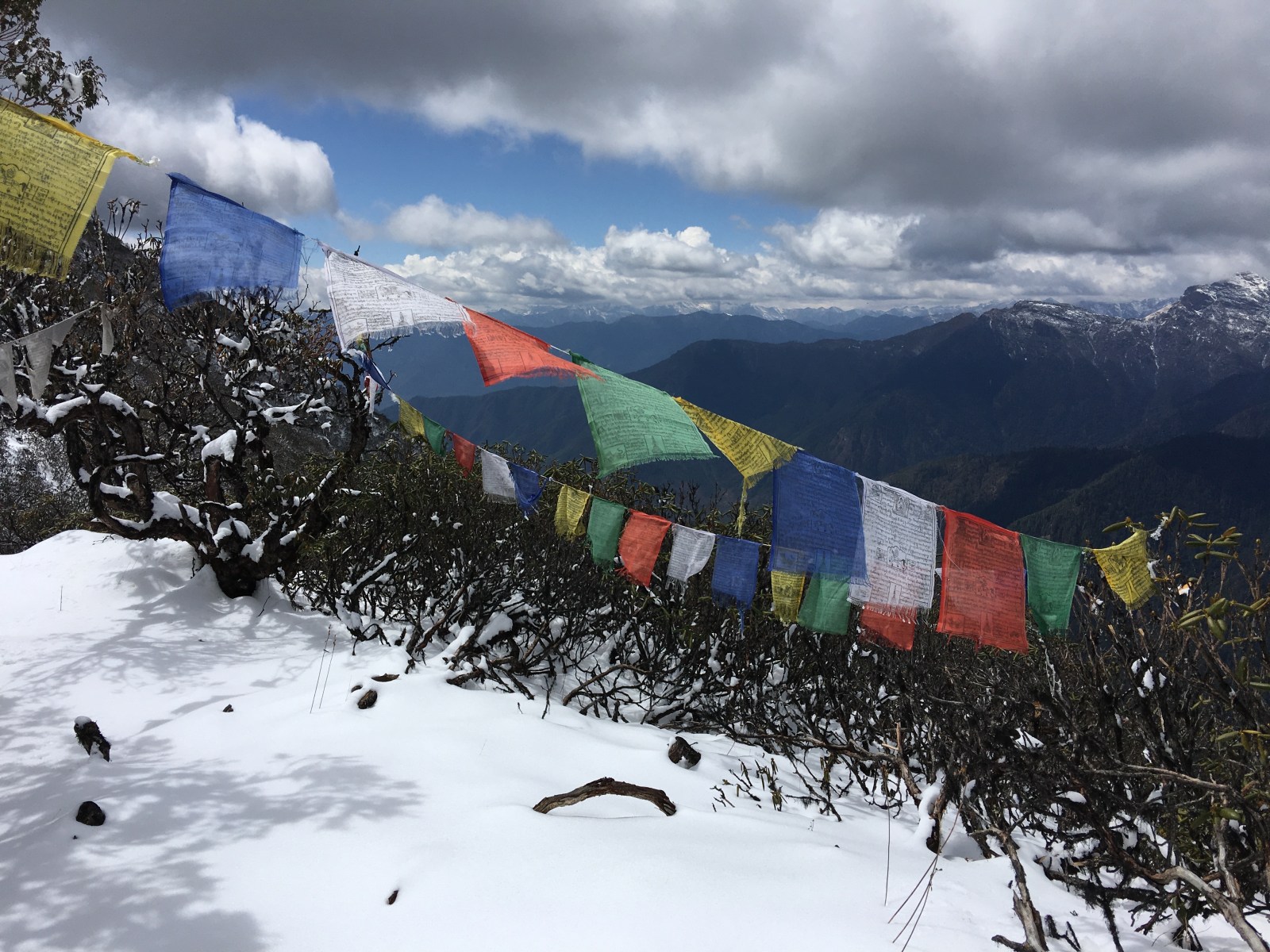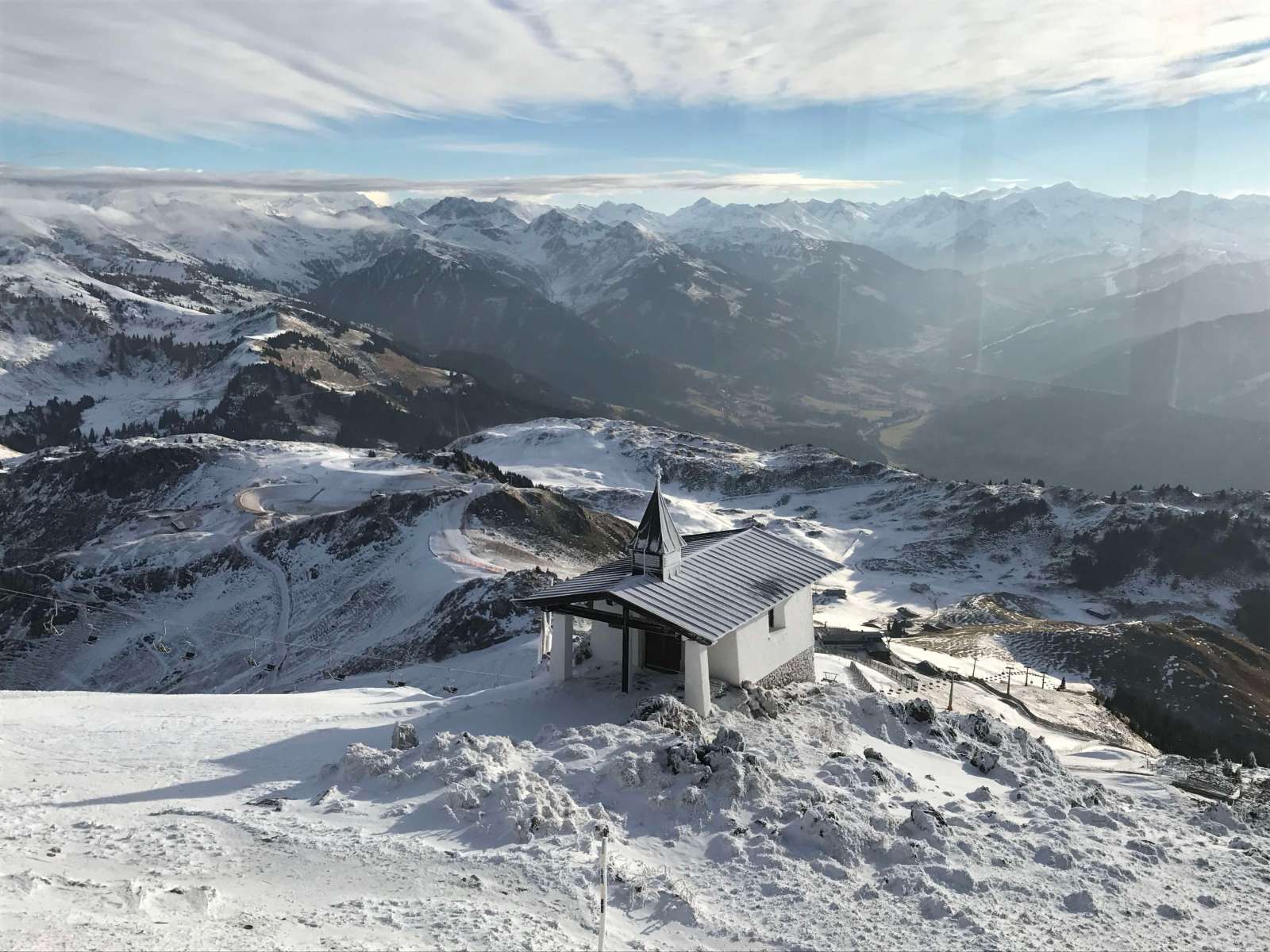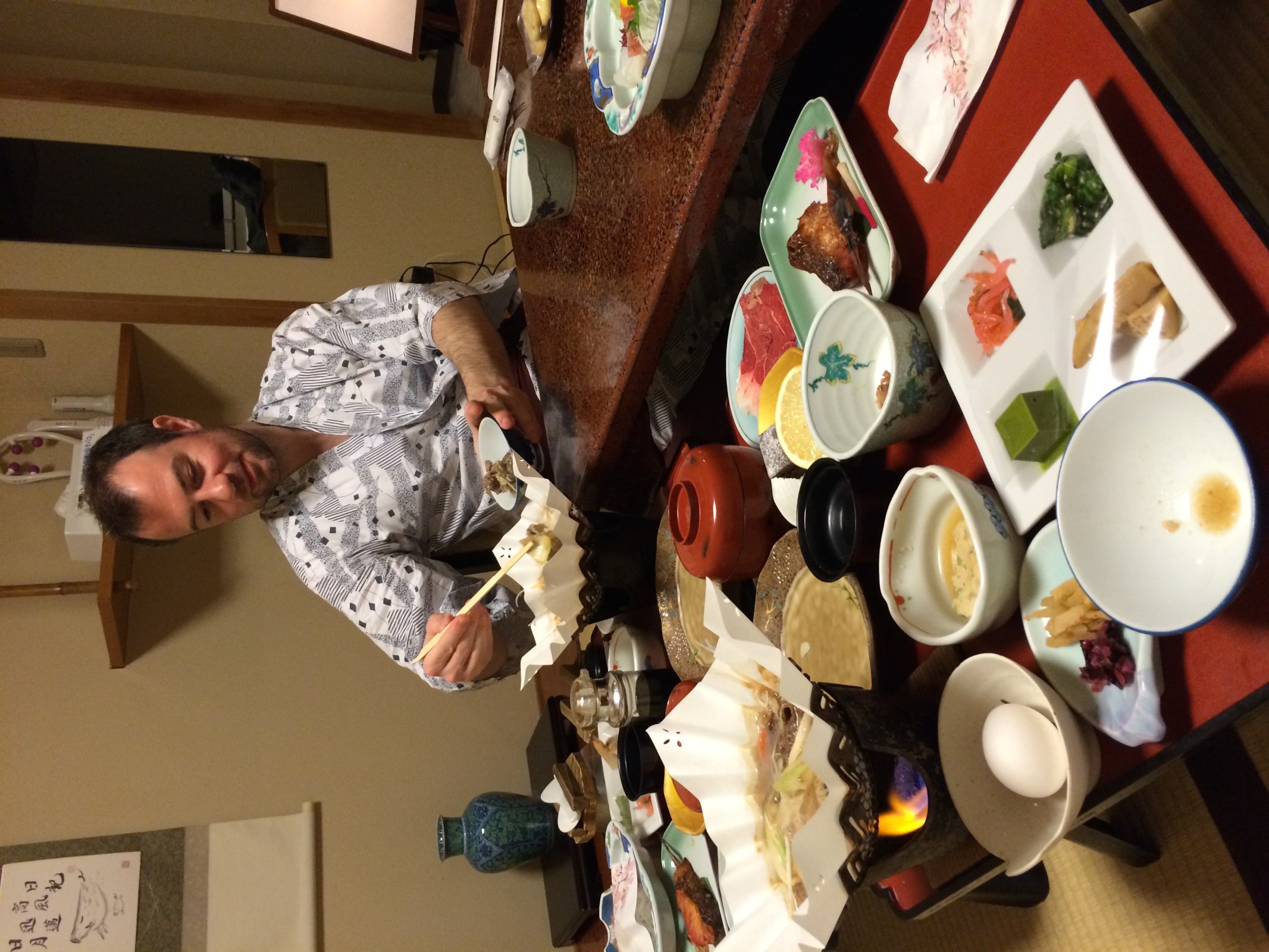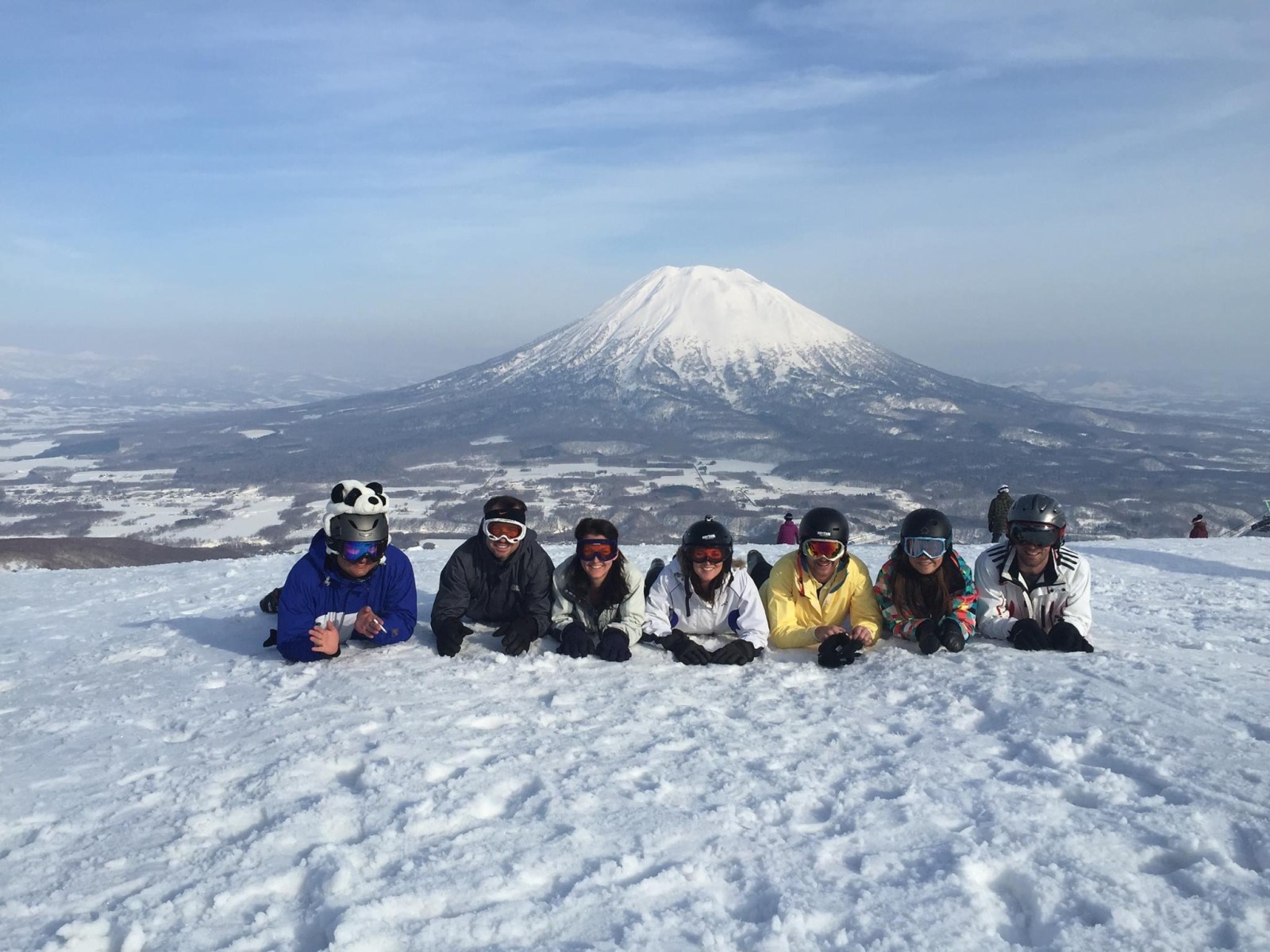Romania, and in particular Transylvania, conjures up images and feelings of some far off place . . . in the mountains . . . in the forests . . . with castles . . . kind of like Lord of the Rings, but with a spooky vibe . . . and indeed it is all of this. And while there are not as much of a concentration of stellar attractions as you would get in Western Europe, that is kind of Romania’s charm and it makes for a great roadtrip for a week or so, with the itinerary below
Tag: Snow
6 months trip of a lifetime around Latin America
My girlfriend and I went on a 6month trip around Latin America (excluding Brazil). Started in the far South in the Tierra del Fuego in Argentina and, broadly, made our way up the west coast to the Yucatan Peninsular of Mexico. Best large scale trip I’ve done, and wanted to share the overall itinerary and tips here to hopefully help those who are considering something similar
A few high level points:
- Other than the flights there and the first hotel, there were only three things we booked in advance: the Inca Trail (which we knew we needed to for permits); plus for Patagonia a trip through Torres del Paine National Park and a ferry through the fjords (as we were going at peak season and only a couple of weeks after we landed). Everything else, we booked when in Latin America and, in our opinion, that is the best way to do it – gives you the freedom to relax in the places you find that you love and be super flexible to do what you want to do
- Total costs – my girlfriend and I went in our 30s, with no kids and on sabbaticals from work. We’re not poor, but certainly not mega wealthy. We didn’t stay in super expensive hotels (other than for the occasional splurge), flew economy and used a bit of common sense for timings of certain expensive items, but never held back on doing the things we wanted to do. Some examples of big ticket items: US$5k for a week diving in the remote Wolf & Darwin Islands in the Galapagos; US$1.2k for 4 days in Torres del Paine National Park in Patagonia; US$800 for a helicopter trip to see the El Mirador Mayan ruins in the Guatemalan jungle; US$700 for the Inca Trail. Total cost of the whole trip was US$34k each. This included all flights, transport, hotels, activities, food, drink, guides, screwing things up, credit card fees – the lot. Expensive, but so are most Experiences of a Lifetime
- It’s not about trying to “do everything” – in a place as large as Latin America, you couldn’t even if you tried – so don’t think of things as a big tick box exercise. Brazil, for example, we knew we couldn’t do justice whilst also trying to enjoy all the other amazing places we’d heard of, so left it for next time
- In the similar vain, make sure you give yourself big chunks of time to chill out. Not only to recharge the batteries, but also because most places are enjoyed when you spend time to soak up the feel for the place. There were some places . . . like Lake Atitlan in Guatemala, Buenos Aires in Argentina, Isla Mujeres in Mexico, Bocas del Toro in Panama . . . where I could have spent weeks there just because the general vibe of the place was so wonderful
- Safety – we weren’t robbed, but many people do either having a bag stolen or, unpleasantly, get robbed face to face. Other than a couple of cities, we generally felt super safe the places we went and tried to just apply common sense to reduce our risks
- Learn a bit of Spanish before you go – the app DuoLingo was great for getting us to a basic level that made a lot of difference. But also don’t be afraid to pull out google for simultaneous conversation translations to really be able to have a conversation with someone – some long trips became some of our highlights just from being able to properly talk with the driver / locals. I particularly remember a long taxi ride in Colombia where we went back and forward for 2 hours with the driver on everything from his home town to politics to football to his favourite movies to his family problems- never could have done that without Spanish or google. In a similar vein, and using the right level of common sense, don’t turn down an invite for drinks / dinner / house visit with locals. There are some truly unforgettable natural and cultural spots to see, but similarly an evening with a local family will be something likely to be just as unforgettable
- Whenever checking out a place or must-do-site, its easy to get templed / churched / ancient site / beached out. Always do a very basic bit of research to see if there is a more out of the ordinary way to experience it – by bike / drinking tour / kayaking / helicopter / whatever. Thats what we tried to do, and I hope it reflected in some of the cool stuff listed below
A week for the best of mainland Ecuador
This below 9 day itinerary is a good combination of some of the best things about mainland Ecuador – the old town of Quito; stepping back in time to a Lord of the Rings-style adventure around the Quliatoa Loop; a major challenge in summiting Cotopaxi; and getting to meet a range of local people along the way
Obviously, for many people Ecuador is all about the Galapagos Islands (see Island hoping through the main Galapagos Islands and Scuba diving at Wolf and Darwin Islands in the Galapagos for tips on these wonderful experiences). But it also has some world-class experiences to be found on the mainland
Climbing to the summit of Cotopaxi Volcano
If you’re in Ecuador and keen for a challenge that doesn’t need a huge amount of preparation, climbing Cotopaxi is a great option. 1,000m / 3,280ft of elevation to climb up the volcano and glacier; 10 hours mainly in the dark with head torches, crampons, ropes and ice axes; -15˚C / 5˚F; and dealing with the altitude challenges of a volcano that reaches 5897m / 19,347ft. Yep, that’ll do it
Some train for months for this, but if you’re fit, already partially acclimatised and determined, you can do this. You’ll be rewarded (hopefully!) with world-class view across the valleys as far as Quito, an otherworldly experience through the glaciers and crater and, of course, a deserved feeling of accomplishment
A week in Bhutan
Stunning Himalayan scenery and a traditional culture that permeates throughout your whole visit – a visit to Bhutan is a great experience and one that is anchored in the Bhutanese prides in maintaining its traditional culture, environment and people’s happiness rather than focusing on purely economic factors. This extends to the tourist industry where the minimum spend of USD250 and a strong government hand restricts some of the more commercialised downsides of the industry and makes it feel like you’re stepping back in time to this slightly forgotten Himalayan kingdom
You’ll have to go with an agency (and pay the minimum spend of USD250 per day), but considering you don’t have to travel as a group, can arrange your own itinerary and the $ includes everything other than flights, it’s a good deal. We went with Swallow Tail Travels on a 7 day / 6 night trip for USD1400, who we would recommend. This is the itinerary
Hiking Bhutan’s Druk Path at the end of winter
Hiking the Druk Path is a wonderful experience. The Himalayan scenery, with the valleys from Paro to Thimphu and views of nearby Mt Jomalhori and Mt Gangkhar Puensum, is stunning; the Bhutanese culture and friendliness of the hiking party makes it fun; but more than anything, it is because Bhutan effectively limits the number of international visitors, that you’ll find you have the whole trek largely to yourselves, especially if visiting in winter. A wonderful experience
Skiing in Kitzbuhel
Kitzbuhel is one of Europe’s premier ski resorts and boasts, alongside its 185km / 115miles of ski runs, the legendary Kaiser run which is a staggering 8.3km / 5.2miles long, one of the world’s longest continuous runs from a chairlift and is part of the renowned Hahnenkamm-Rennen annual downhill race. For sure enjoy the slopes, but its also a very pleasant place to be for non-skiers. For example, I went with my family all of whom are are non skiers, and they loved the town which is a wonderful combination of pretty and sophisticated (the Austrians, of course, do this effortlessly). You also have the options of heading up on some of the cable cars for the experience of the restaurants at the top and the views across the mountains. I would in particular recommend the Kitzbuheler Hornbahn Cable Car which has sensational panoramic views from the 1996m / 6550ft Kitzbuheler Horn
Staying in a Ryokan by Lake Toya-ko
Skiing in Niseko
Niseko has a strong shout for being the world’s best skiing destination. Yes, yes, I know the North American sites have vast slopes and every other room has a hot tub; the Alps are wonderful for their apres and interconnected communities; and I get that Queenstown has bungee jumping, but there are 3 killer reasons for why Niseko has to take the crown:
- It is the undisputed King of Powder, with 15m / 50ft of wonderful light powdery stuff on AVERAGE each year
- Its Japan. This means that everything works perfectly, people are 10/10 polite (no fighting over chair lifts), you finish your ski with an Onsen and the food . . . even the most basic of meals demands a quality zat wud mek even ze french jelos!
- The views. Think less endless mountain chains, and more looking at the perfect conical volcano of Yotei-zan, aka Hokkaido’s Mount Fuji
Climbing Mount Fuji in Summer
If you’re in the Tokyo area for a week or so during climbing season (July – September), climbing Mount Fuji should be high up on your list. Fuji-san as “he” is know is Japan’s tallest mountain (3,776m / 12,389ft) and one of the most recognisable mountains in the world with its near perfect symmetrical dome. Yet it is surprisingly easy to summit (you can be there and back from Tokyo within 24 hours) and has the feeling of an event as you join the 300,000 people who make the ascent every year
Throw in the spectacular views for the sunrise from the summit and the great fun of staying with various Japanese travellers in one of the mountain huts (bring whiskey!), and you have a wonderful Japanese experience. Plus, I mean how often can you summit one of the most famous mountains in the world within 24 hours?

